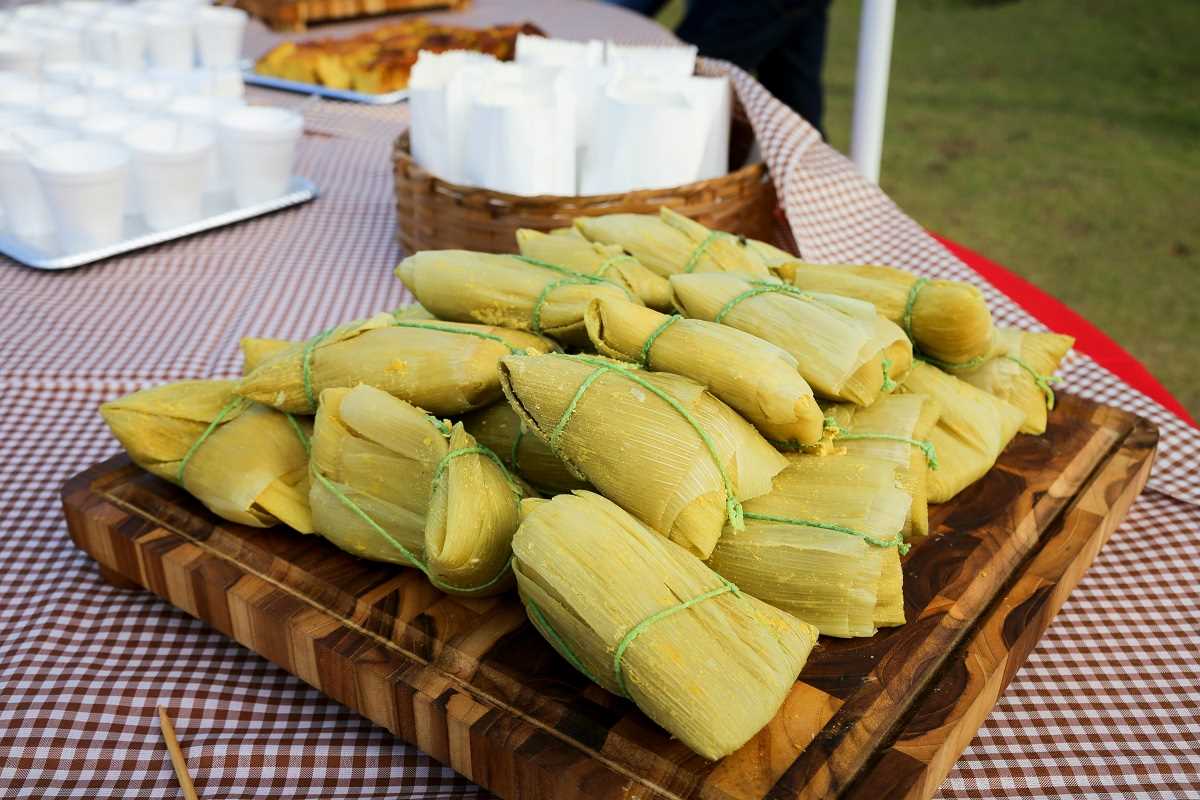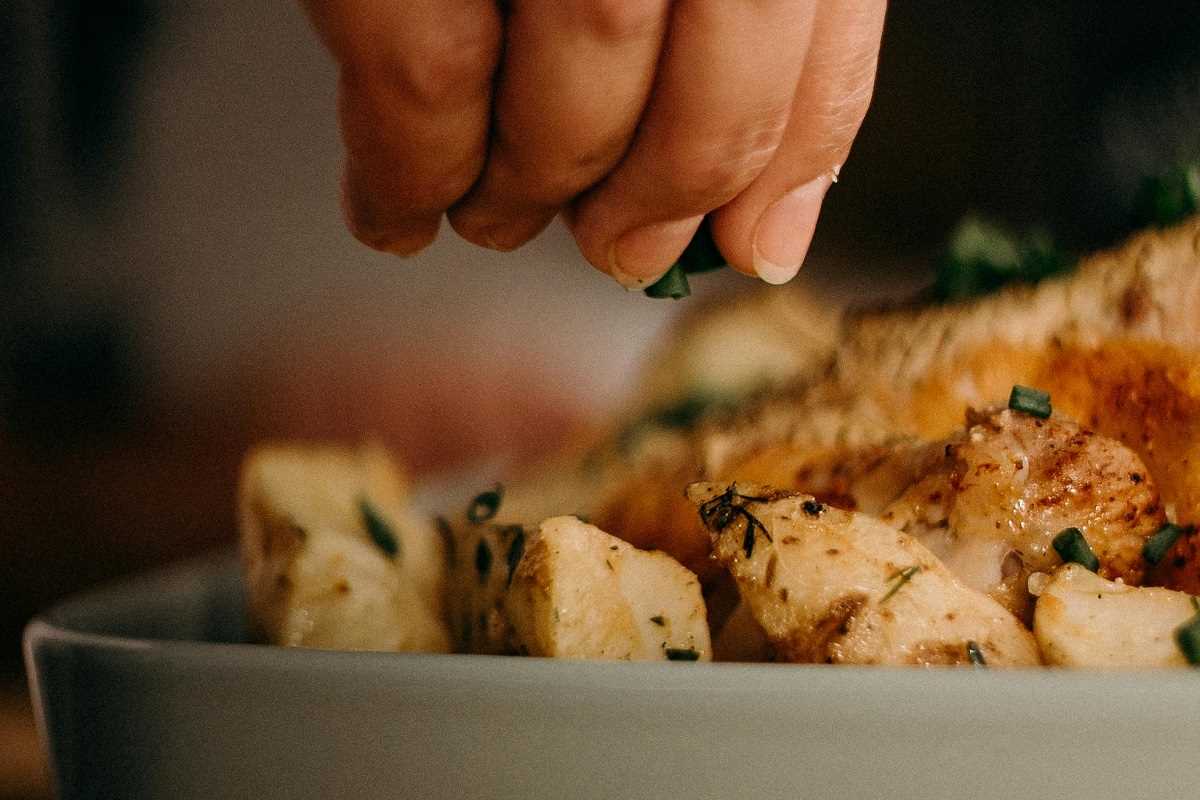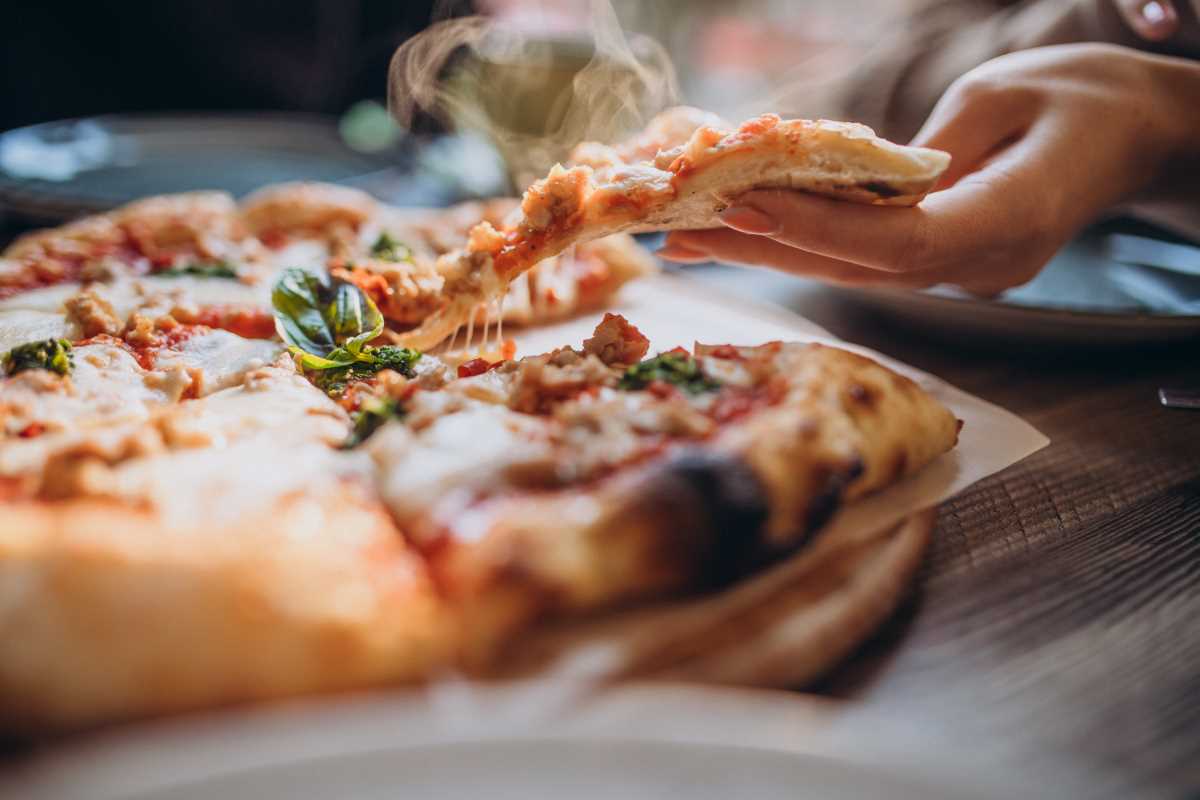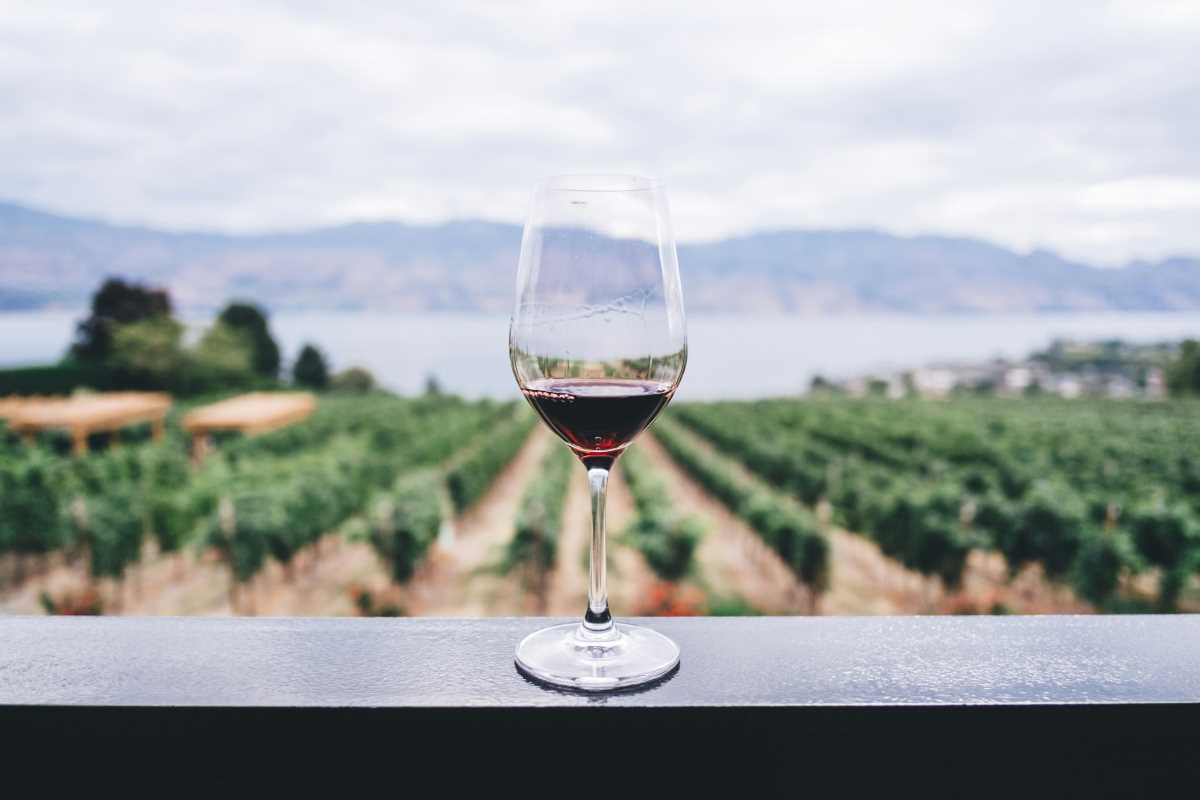Vendors set out trays brimming with steaming dumplings, spiced breads, and ripe fruits as sunlight streams through a bustling street market. Exploring neighborhood stalls instead of sticking to hotels allows you to experience the true essence of breakfast in each community, where morning routines unfold in vibrant detail. Each bite reveals a story shaped by generations, whether it’s the comforting scent of cakes sizzling on a griddle or the gentle sound of tea pouring into porcelain cups. By sampling these local morning dishes, you connect with the rhythms and flavors that define daily life and tradition in each place you visit.
As you follow local rhythms—ordering from hole-in-the-wall cafés, haggling over vibrant bowls or sharing communal dishes—you adapt your palate to new textures and tastes. This journey sparks curiosity, inviting you to savor both the unexpected and the familiar in breakfasts around the globe.
How Different Cultures Start Their Day
Every sunrise presents an opportunity to explore unique breakfast customs. In coastal towns, fishermen’s lunches double as early meals, featuring grilled seafood drizzled with citrus. In mountain villages, hearty porridges simmer over wood stoves until creamy, warming travelers before day-long hikes. Urban centers buzz as office workers queue for flaky pastries and intense coffee pulls.
To begin your day with local energy, observe morning markets and watch how residents combine staples—rice, corn, millet—with wild greens, roasted meats, or fermented beverages. These first bites reveal geography, seasons, and centuries-old foodways.
Discovering the Core of Morning Meals
- Sense of Place
- Observe how sunlight shapes vendor setups.
- Early mornings: yogurt cups with honey and seeds.
- Midday: richer porridges and slow-cooked meats.
- Soundtrack of Dawn
- Listen for cues of freshness:
- Spatulas tapping hot plates.
- Espresso steam whistles.
- Fat sizzling in woks.
- Listen for cues of freshness:
- Texture Exploration
- Touch breads, roll rice balls, sample sticky rolls.
- Notice cultural meaning in textures—from airy pastries to dense dumplings.
- Flavor Layering
- Identify base flavors: sweet, sour, spicy.
- Add condiments for transformation: fermented chili paste, citrus salts, herb-infused syrups.
- Community Rituals
- Sit with locals on benches or mats.
- Share from communal pots to spark conversation and deepen connections.
Practical Steps for Savvy Tasting
- Market Route Planning – Optimize your walk for peak freshness.
- Steps:
- Mark major market blocks on a map.
- Check vendor opening times via social media or tip sheets.
- Start at the far end, moving inward by busiest stall periods.
- Cost/Metric: Free with mapping apps + gel pen (<$5).
- Insider Tip: Begin on the shaded side to catch crisp greens before heat wilts them.
- Steps:
- Local Guide Snack Crawl – Discover hidden breakfast spots.
- Steps:
- Connect with a neighborhood food blogger.
- Arrange a walk covering three key vendors.
- Note flavor highlights after each tasting.
- Cost/Metric: ~$20–$30 per person (group discounts possible).
- Insider Tip: Request at least one stop where your guide eats daily.
- Steps:
- Self-Service Etiquette – Confidently handle buffet-style spreads.
- Steps:
- Observe how locals scoop items.
- Match ladle sizes for rice, porridge, or beans.
- Add sauces sparingly to test balance.
- Cost/Metric: ~$3–$7 per person.
- Insider Tip: Carry a small chili oil container to discreetly adjust spice levels.
- Steps:
- Seasonal Specialty Spotting – Taste limited-availability ingredients.
- Steps:
- Check seasonality charts for fruits/vegetables.
- Look for vendors with fresh harvest signs.
- Sample before committing to full portions.
- Cost/Metric: Seasonal adds ~$1–$2.
- Insider Tip: Chat with vendors about origins for richer context.
- Steps:
- Portable Breakfast Hacks – Stay energized on multi-stop mornings.
- Steps:
- Carry a lightweight insulated tumbler.
- Buy hot porridge or soups in spill-resistant cups.
- Add bamboo chopsticks or reusable spoon at stalls.
- Cost/Metric: Tumbler ~$15; utensils <$3.
- Insider Tip: Use a silicone sleeve to secure grip while taking photos.
- Steps:
Local Voices and Flavors in Practice
- A morning chat with a matriarch reveals how she folds flatbreads while reciting proverbs about grains and gratitude, connecting you to culinary storytelling passed down through generations.
- A coffee farmer welcomes you to taste cold-brewed beans hand-harvested at dawn, then explains how altitude shapes acidity, giving you firsthand insight into terroir before you sip your cup.
- An urban baker shares her method for fermenting sourdough pancakes, teaching you how a longer proofing time deepens flavor—then lets you shape your own batter into a sizzling griddle.
- A fisherwoman sells grilled sardines and seaweed wraps at sunrise, outlining which nets yield the firmest fish and offering a quick tutorial on crafting citrus marinades from foraged beach herbs.
- A tea master invites you to sample three steeped blends—from smoky to floral—and instructs you on leaf additions that adjust bitterness, elevating your afternoon palate memory.
How to Prepare for Early Mornings
Plan your route with local guidance to catch vendors at work before sunrise, experiencing food at its freshest. Alternate between shared tables and quick takeaway stops to enjoy both community and solitude. Journaling flavors and textures preserves each discovery, turning dawn meals into lasting connections with place and tradition.







